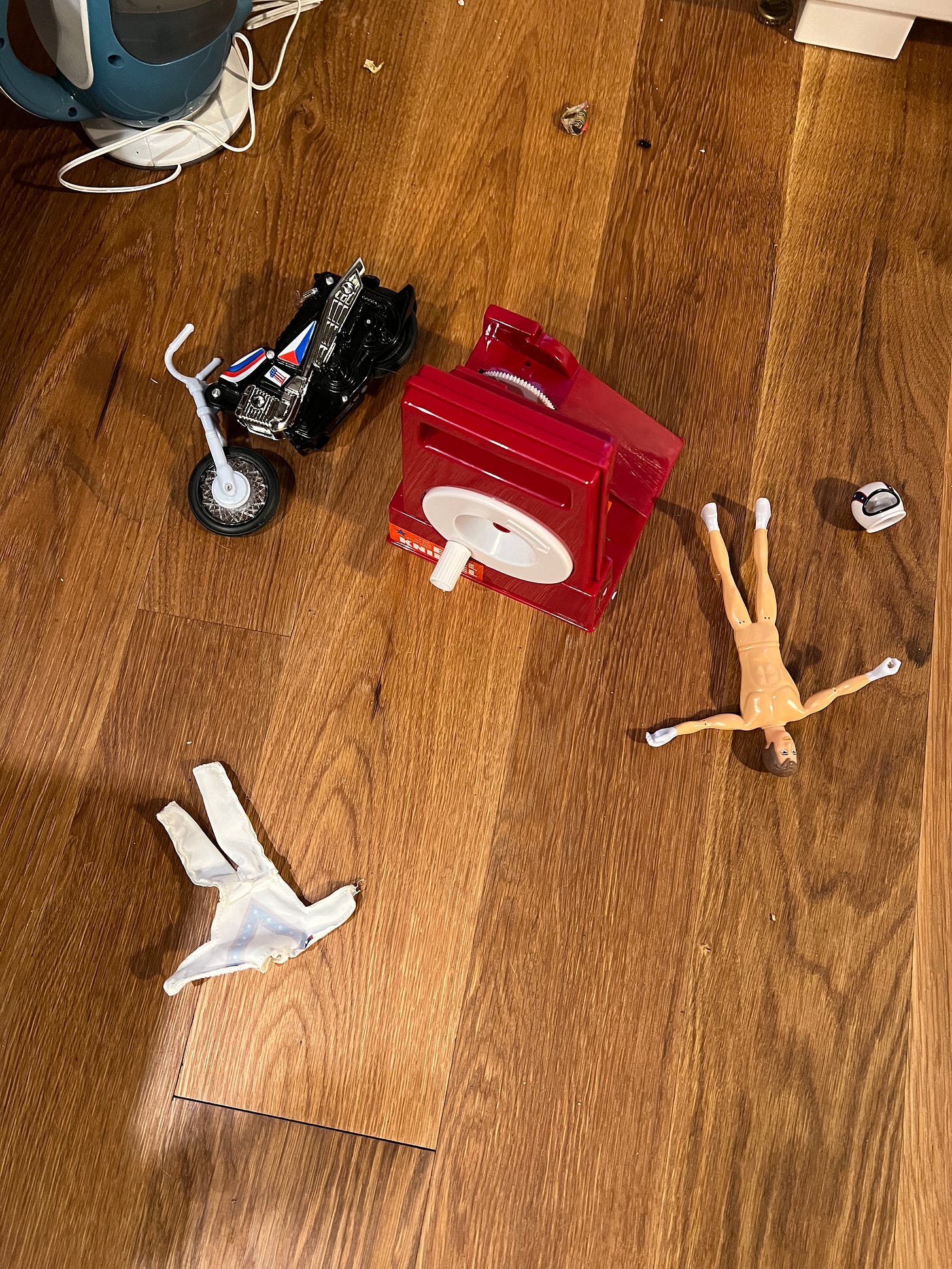This last week I’ve been thinking a lot about finishes, what I want from them, how they change over time and how I can do as little as possible to get them right. I want my projects to last, but I have a realistic view of their place in the world and what trials they will face in the wild. It’s important to me to find a way to build and finish so the long term appearance of the work will gain in interest and beauty.
I bit the bullet and put down white oak on the first floor of my house. I am tough on floors and wanted something super durable that would work well with the feel of the house. I chose random width (4”, 5”, 6”) planks in long lengths. It took a while to find them but I got them from Hull Forest Products in Connecticut. They did a first rate job drying and milling the wood.
Once I had the floors down, I needed to decide on a finish. It’s been a long time since I approached this and there are a lot more options out there. After lots of consideration, I went with raw tung oil to start, because I don’t want to vacate the house for too long and it’s winter, so ventilation is a problem. Plus, raw tung is compatible with Waterlox, which is a tung oil based varnish and can be applied later if desired.

First, I put down the raw tung mixed with citrus solvent 1/2 -1/2. I just did this in my kitchen area to seal it because I knew would take a beating. And it did, showing lots of water spots etc. But after about 30 days, it’s fine to coat with Waterlox, which I decided it was best to go ahead and do. I coated my kitchen and mudroom with a coat of Waterlox sealer and then Waterlox satin finish. Just 24 hours after the second coat, the water resistance is awesome.
It might seem like the oil step is unnecessary, and it probably is for durability sake, but the color that the raw tung oil imparts is far more desirable to me than the rather blonde color that the Waterlox alone imparts. I got to see this first hand in the mudroom, where I hadn’t applied the raw tung first. It’s nowhere near as rich in tone as the kitchen (photo above) where the oil came first.
Keep reading with a 7-day free trial
Subscribe to Peter Galbert's Chair Notes to keep reading this post and get 7 days of free access to the full post archives.




